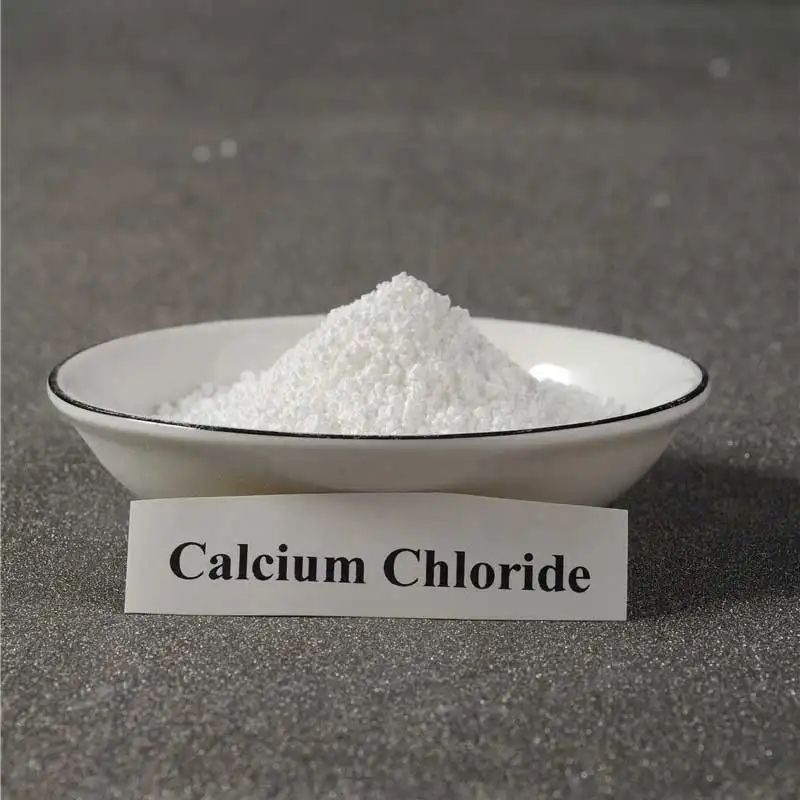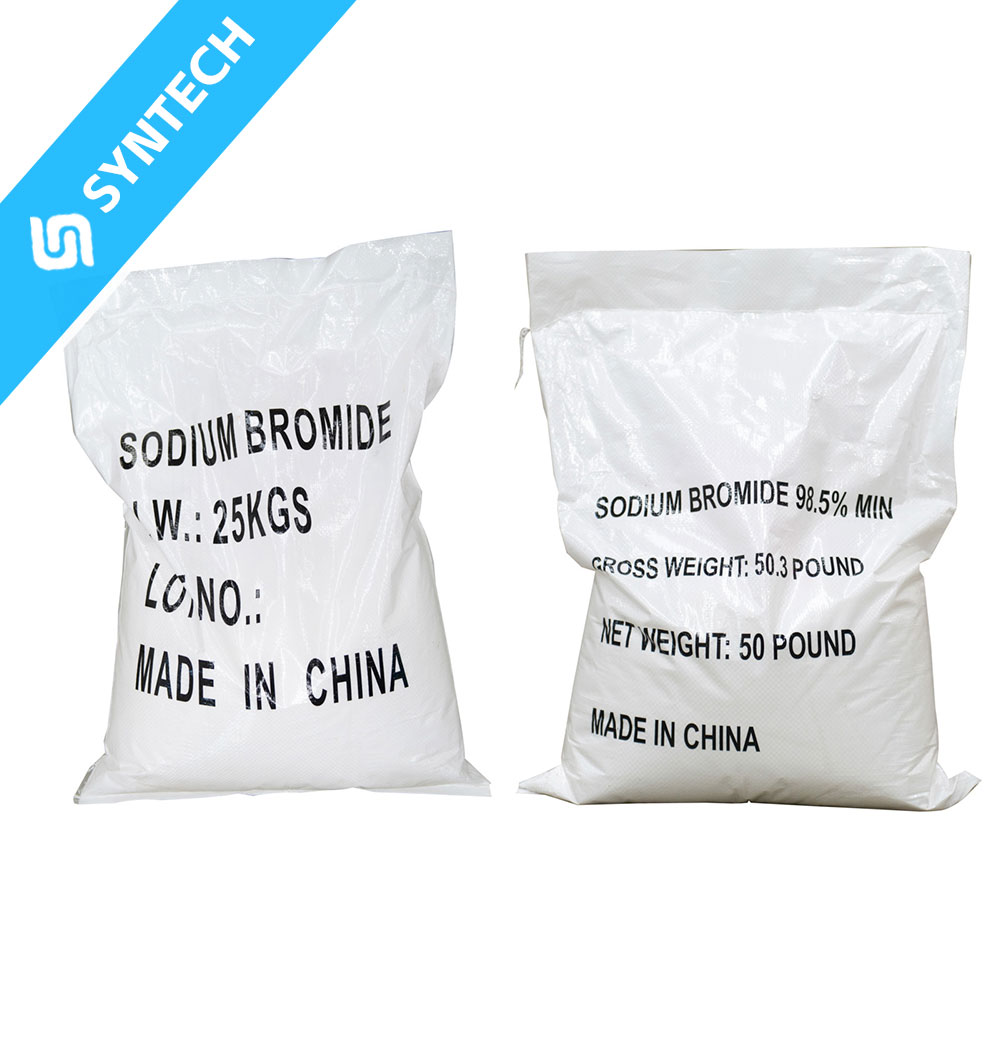Sodium Methallyl Sulfonate, often abbreviated as SMAS, is a versatile organic sulfonate compound widely used in industrial and chemical processes. With the chemical formula C₄H₅NaO₃S and CAS number 1561-92-8, it stands out for its excellent water solubility, chemical stability, and functional versatility—making it a key ingredient in sectors ranging from water treatment to polymer synthesis. In this guide, we’ll break down its core properties, real-world applications, and how to choose high-quality SMAS for your needs, helping you understand why it’s a critical material in modern manufacturing.
What Is Sodium Methallyl Sulfonate (SMAS)?
Sodium Methallyl Sulfonate is a white crystalline powder or granular solid derived from methallyl alcohol and sulfonating agents. Its molecular structure includes a sulfonate group (-SO₃Na) and a double bond, which gives it two key capabilities:
- Water solubility: It dissolves easily in water (solubility > 300g/L at 20°C) without forming precipitates, making it ideal for aqueous systems.
- Reactivity: The double bond enables it to act as a monomer or co-monomer in polymerization reactions, while the sulfonate group adds anionic charge and hydrophilicity to the final product.
SMAS is also known for its low toxicity (LD₅₀ > 2000mg/kg in oral tests) and high thermal stability (decomposition temperature > 280°C), ensuring safety and reliability in industrial use.
Core Properties of Sodium Methallyl Sulfonate
To understand why SMAS is so widely used, let’s explore its key technical properties:
These properties make SMAS a flexible additive—whether you need to improve a product’s water resistance, increase charge density, or boost reaction efficiency.
Key Applications of Sodium Methallyl Sulfonate
SMAS’s unique combination of solubility and reactivity makes it indispensable across multiple industries. Below are its most common uses:
1. Water Treatment Industry
In water treatment, SMAS is used as a scale inhibitor and dispersant in cooling water systems, boilers, and reverse osmosis (RO) membranes. Its sulfonate groups bind to calcium, magnesium, and iron ions in water, preventing the formation of hard scales (e.g., calcium carbonate) on heat transfer surfaces. This:
- Reduces energy consumption (scales act as insulators, lowering heat efficiency).
- Extends equipment lifespan by minimizing corrosion and blockages.
- Works at low dosages (5–20ppm), making it cost-effective for large-scale water systems.
2. Polymer & Resin Synthesis
As a co-monomer, SMAS is added to polymerization reactions for products like:
- Acrylic resins: Improves water resistance, adhesion, and UV stability—critical for paints, coatings, and adhesives.
- Water-based emulsions: Enhances emulsion stability and reduces particle agglomeration, used in latex paints and textile auxiliaries.
- Superabsorbent polymers (SAPs): Increases water absorption capacity (e.g., in baby diapers or agricultural water-retention materials) by adding hydrophilic sulfonate groups.
For example, in acrylic latex production, adding 3–5% SMAS (by weight of monomers) can reduce the emulsion’s viscosity and improve its resistance to water blushing.
3. Textile & Leather Industry
SMAS acts as a dyeing auxiliary and finishing agent in textiles:
- Helps dyes (especially reactive dyes) bind more evenly to fibers (cotton, polyester), reducing color fading and improving wash fastness.
- In leather processing, it enhances the penetration of tanning agents, resulting in softer, more durable leather with better color retention.
4. Oilfield Chemicals
In oil and gas drilling, SMAS is part of drilling fluid additives (e.g., viscosifiers, fluid loss reducers). Its anionic charge helps stabilize clay particles in the drilling fluid, preventing wellbore collapse, while its water solubility ensures compatibility with brine-based fluids.
How to Choose High-Quality Sodium Methallyl Sulfonate
Not all SMAS products are equal—poor quality can lead to process failures (e.g., incomplete polymerization, ineffective scale inhibition). Here are 4 key factors to consider:
1. Purity Level
Aim for ≥ 98% purity (tested via HPLC or titration). Impurities like sodium sulfate or unreacted methallyl alcohol can:
- Reduce reactivity in polymerization.
- Cause foaming in water treatment systems.
2. Moisture Content
Choose products with ≤ 0.5% moisture. High moisture leads to clumping, which makes mixing difficult and can degrade the product over time. Check for sealed packaging (e.g., aluminum foil bags with desiccants) to prevent moisture absorption.
3. Supplier Credentials
Work with suppliers who:
- Provide certificates of analysis (CoA) for each batch (verifying purity, pH, and moisture).
- Have experience in industrial-grade sulfonates (avoid suppliers focusing solely on lab-scale products).
- Offer technical support (e.g., advising on dosage for specific applications like RO water treatment).
4. Storage & Shelf Life
Ensure the supplier provides clear storage instructions: SMAS should be stored in a cool, dry place (10–30°C) away from direct sunlight. A shelf life of 2+ years indicates stable manufacturing and packaging.
Frequently Asked Questions (FAQs) About Sodium Methallyl Sulfonate
Q1: Is SMAS environmentally friendly?
Yes. SMAS is biodegradable (BOD₅/COD ratio > 0.3) and does not persist in aquatic environments. It also has low toxicity to aquatic organisms (LC₅₀ > 100mg/L for fish), making it compliant with most environmental regulations (e.g., EU REACH, US EPA).
Q2: Can SMAS be used in food-contact materials?
While SMAS itself is not a food additive, it is used in the production of some food-contact polymers (e.g., acrylic coatings for food packaging). Ensure the SMAS meets food-grade standards (e.g., FDA 21 CFR) if your application involves food contact.
Q3: What is the typical dosage of SMAS in water treatment?
For cooling water systems, the recommended dosage is 5–20ppm (parts per million). For boiler water, it’s 10–30ppm—always adjust based on water hardness (test via a water analysis kit) and equipment type.
Q4: How does SMAS differ from Sodium Allyl Sulfonate (SAS)?
SMAS has a methyl group (-CH₃) attached to the double bond, which increases its thermal stability and reduces chain transfer during polymerization compared to SAS. This makes SMAS better for high-temperature processes (e.g., boiler water treatment, high-heat polymerization).
Conclusion
Sodium Methallyl Sulfonate (SMAS) is a foundational material in water treatment, polymer synthesis, textiles, and oilfields—thanks to its solubility, reactivity, and stability. By understanding its properties, applications, and selection criteria, you can optimize your processes, reduce costs, and ensure consistent results. Whether you’re a water treatment plant operator, polymer manufacturer, or textile processor, choosing high-purity SMAS from a reputable supplier is key to unlocking its full potential.
If you’re unsure about the right SMAS grade for your application, reach out to a technical supplier for customized advice—they can help tailor dosage and formulation to your specific needs.






